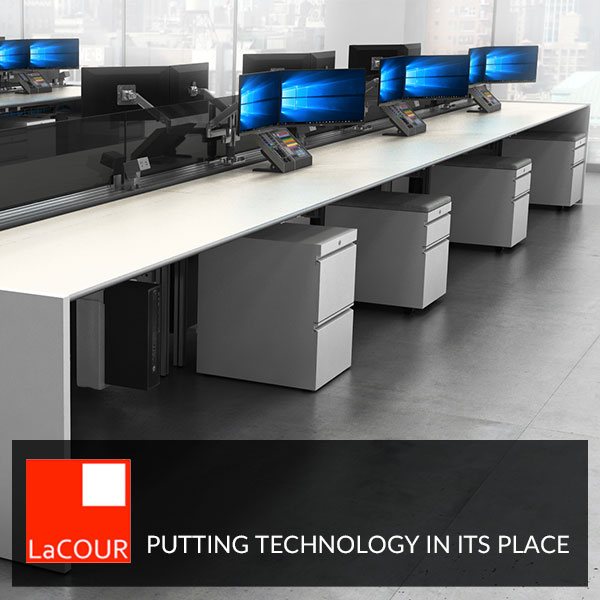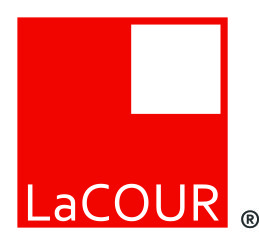
What is the Difference Between Trading Desks & Open Office Benching
Rethinking the traditional office cubicle can be a big decision for many companies, but an even bigger decision becomes finding a suitable piece of alternative office furniture that has the functionality to improve your company work experience. Factors such as adjustability, privacy, openness, portability, etc., are all elements you need to take into consideration. Two of the most prominent cubicle alternatives, trading desks and open office benching, are not only the most popular forms of office furniture around, but they service 2 unique purposes when it comes to style and function.

The first thing you need to consider is interaction. Office benches are deliberately designed to have no barriers between co-workers, helping facilitate conversations and easing communication between teams and departments. At the same time, while this is great for certain job functions and tasks, it doesn’t necessarily work as well when the employees focus is project heavy and requires a lot of thought. Trading Desks, while not as secluded as cubicles, offer a greater sense of privacy and autonomy.
Another consideration one needs to take into account is functionality. Trading desks are specifically designed for workers who require multiple electronic devices, laptops, several-screens, phones, etc. These desks are quite large, giving you plenty of space as well as having functional arms to elevate equipment when surface area does not permit. For professionals whose jobs require plenty of multitasking, trading desks are a more sensible choice for them.
As for aesthetics, both types of office furniture can be sleek and modern looking. Open offices benches tend to look more minimalistic while trading desks and their mass of multimedia devices often exude a feeling of authority. However, style is one criteria that should take a backseat to function when you’re making this decision for yourself.
